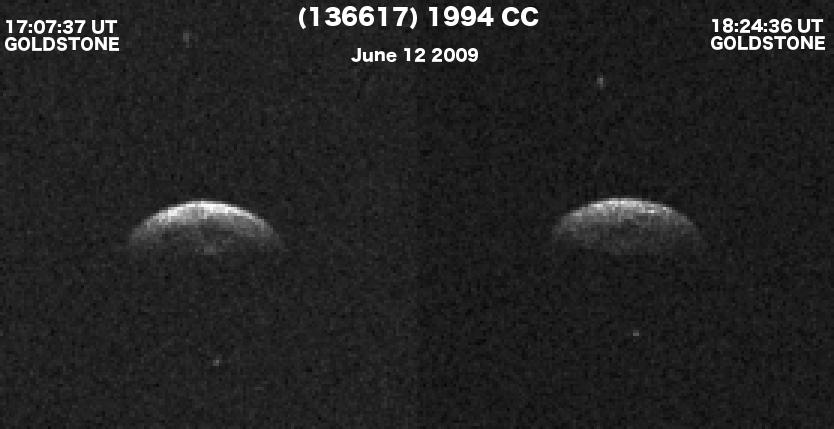3
3488
Guest
Goldstone radar reveals the 700 metre wide asteroid 1994 CC has two moons.

Below movie showing the 700 metre wide spherical asteroid 1994 CC with an impact crater, with both moons over a 77 minute period.

Andrew Brown.

Below movie showing the 700 metre wide spherical asteroid 1994 CC with an impact crater, with both moons over a 77 minute period.

Andrew Brown.



